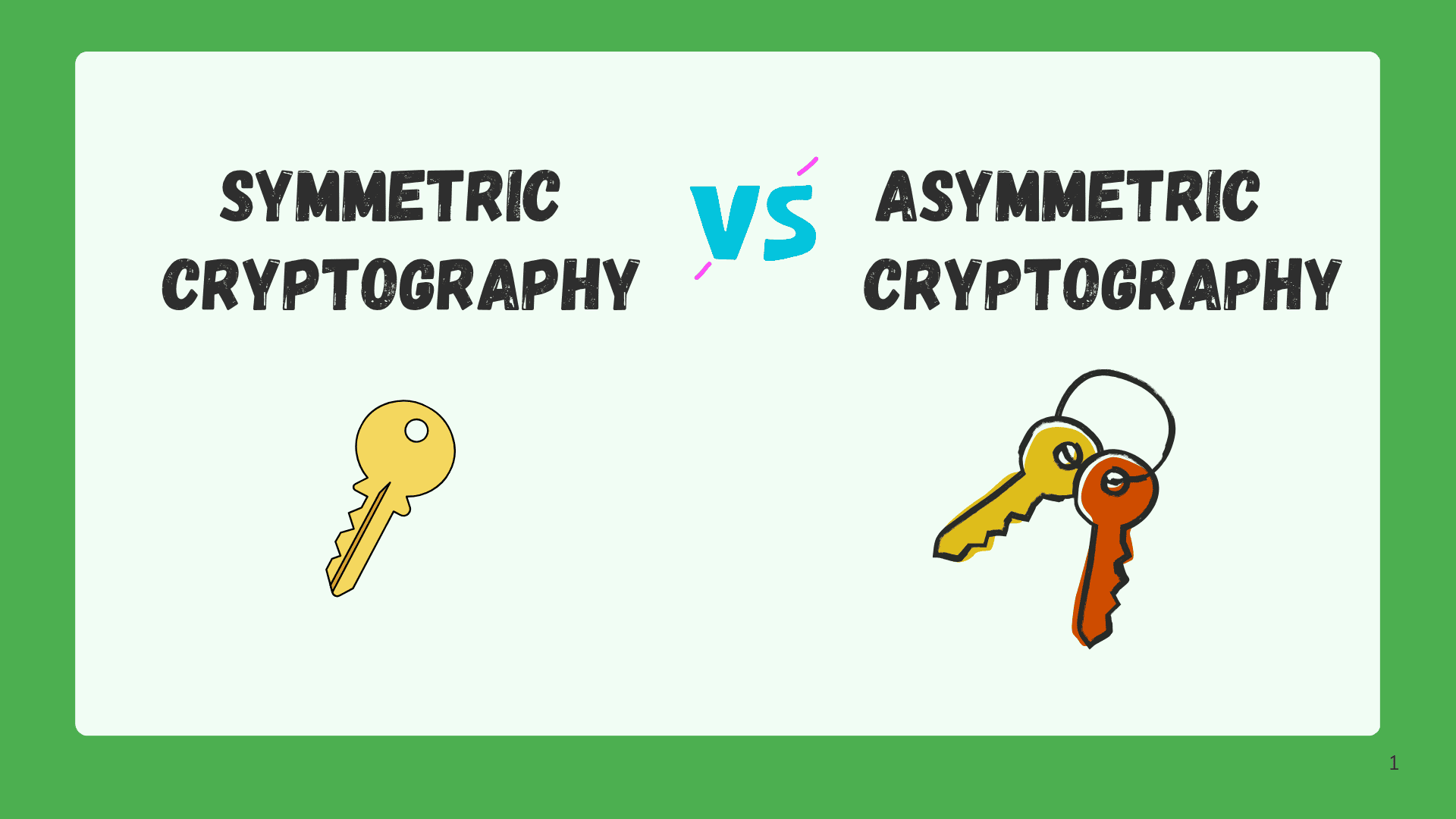
As globalization continues to connect the entire world, the need for secure and efficient data transfer has never been so strong.
While organizations have largely resorted to using VPNs and other tunneling protocols to secure sensitive information, one stands out in simplicity and effectiveness: Generic Routing Encapsulation (GRE).
In this article, we will discuss what is GRE tunneling, and understand its mechanisms, benefits, limitations, use cases, and future.
To learn more about GRE Tunneling, you can check out our online networking courses.
What is GRE Tunneling?
GRE stands for Generic Routing Encapsulation. It is a tunneling protocol designed by Cisco in the 1990s, which encapsulates multiple network layer protocols onto an Internet Protocol network for provision over a point-to-point link.
GRE produces virtual point-to-point link data packets that allow information to be transferred from one network, across another network as though they were directly connected on the same network.

How Does GRE Works?
At its core, GRE functions by adding a GRE header to the original data packets. This header contains information required for routing, such as the protocol type of the encapsulated data.
Here’s a simplified breakdown of the GRE encapsulation process:
1. Packet Preparation: A data packet from a source device is prepared for transmission.
2. Encapsulation: The original packet is encapsulated in a new packet that contains a GRE header and an outer IP header.
3. Transmission: The encapsulated packet is sent over the network to its destination.
4. Decapsulation: Upon reaching the destination, the outer IP header and GRE header are removed, revealing the original packet for further processing.
GRE Header Structure
The GRE header consists of various fields, including:
● Flags: Indicate various options, such as whether optional fields are present.
● Protocol Type: Specifies the protocol of the encapsulated payload (e.g., IP, IPX).
● Checksum: (Optional) A checksum for error-checking.
● Key: (Optional) A key value for added security.
Advantages of GRE Tunneling
1. Supports many network protocols (IP, IPX, AppleTalk).
2. Easy to set up and use.
3. Can easily add more tunnels as needed.
4. Optimizes bandwidth by carrying different protocols in one tunnel.
5. Works with various devices from different vendors.
Disadvantages of GRE Tunneling
Despite its advantages, the GRE is not without limitations. Understanding these limitations is crucial for network architects and administrators.
● GRE itself doesn't encrypt data, leaving it open to eavesdropping.
● Added headers increase packet size, reducing efficiency.
● Lacks built-in traffic prioritization features.
● Difficult to diagnose problems within tunnels.
● May not work well with Network Address Translation (NAT).
● Doesn't detect or fix lost/damaged packets.
Use Cases for GRE Tunneling
GRE tunneling is utilized in various scenarios, each highlighting its unique benefits.
1. Connecting Remote Sites
Organizations with multiple offices often use GRE to connect remote sites. By creating GRE tunnels, they can extend their internal networks, allowing employees at different locations to access centralized resources seamlessly.
2. Encapsulating Non-IP Protocols
In environments where legacy protocols are still in use, GRE provides a way to encapsulate non-IP traffic, ensuring compatibility with modern IP networks. This feature is invaluable for businesses with diverse technology stacks.
3. VPN Implementations
While GRE itself does not provide encryption, it is often used in conjunction with IPsec to create secure VPNs. This combination allows organizations to leverage the benefits of GRE while ensuring data security.
4. Supporting Cloud Services
As businesses increasingly migrate to cloud environments, GRE can facilitate secure connections between on-premises networks and cloud service providers. This capability enables hybrid cloud architectures and improves data access.
Enroll in the Live CCNP course and get online training for CCNP Certification. Contact learner advisors to know more!!
GRE vs. Other Tunneling Protocols
When considering tunneling protocols, it is essential to understand how GRE compares to alternatives such as IPsec, L2TP (Layer 2 Tunneling Protocol), and OpenVPN.
1. GRE vs. IPsec
GRE: Primarily focuses on encapsulation; does not provide encryption.
IPsec: Provides robust encryption and security features, suitable for secure communications.
2. GRE vs. L2TP
GRE: Works at the network layer, allowing the encapsulation of various protocols.
L2TP: Operates at the data link layer, providing tunnel management but typically requires IPsec for security.
3. GRE vs. OpenVPN
GRE: Offers a simpler setup and is suitable for specific use cases but lacks encryption.
OpenVPN: Provides strong security features, flexibility, and is more robust for secure remote access.
Configuring GRE Tunnels
Setting up a GRE tunnel involves several steps, typically performed on network routers. Here’s a basic outline of the configuration process:
Step 1. Define the Tunnel Interface
On the router, a tunnel interface must be created. This interface will act as the entry and exit point for the GRE tunnel.
Step 2. Configure Tunnel Source and Destination
Specify the source and destination IP addresses for the tunnel. These addresses represent the endpoints of the GRE tunnel.
Step 3. Assign an IP Address to the Tunnel Interface
Assign an IP address to the tunnel interface, ensuring that it is in the same subnet as the corresponding tunnel interface on the remote router.
Step 4. Configure Routing
Add routing entries to ensure that traffic destined for the encapsulated networks is correctly routed through the tunnel.
Step 5. Verify the Configuration
After the configuration is complete, it's crucial to verify that the tunnel is operational. Network administrators can use various diagnostic commands to check the status of the GRE tunnel.
Future of GRE Tunneling
As technology evolves, so too does the landscape of networking protocols. The future of GRE tunneling will likely be shaped by several trends:
1. Integration with Modern Security Protocols
With the growing emphasis on security, GRE will likely continue to be used in conjunction with robust security protocols such as IPsec and SSL/TLS, enhancing its utility in secure communications.
2. Support for Emerging Technologies
As organizations adopt new technologies like SD-WAN (Software-Defined Wide Area Networking) and IoT (Internet of Things), GRE may be adapted to meet the needs of these emerging trends, ensuring compatibility across diverse networks.
3. Continued Relevance in Hybrid Cloud Environments
With the ongoing shift to hybrid cloud models, GRE’s ability to facilitate secure connections between on-premises networks and cloud services will ensure its continued relevance in enterprise networking.
Conclusion
GRE tunneling remains a valuable tool for network administrators seeking to create flexible, scalable, and efficient connections between disparate networks.
Its simplicity, coupled with its ability to encapsulate various protocols, makes it a go-to solution for many networking scenarios.
While its limitations, such as the lack of built-in encryption, necessitate careful consideration, the benefits it offers in specific use cases are undeniable.
He is a senior solution network architect and currently working with one of the largest financial company. He has an impressive academic and training background. He has completed his B.Tech and MBA, which makes him both technically and managerial proficient. He has also completed more than 450 online and offline training courses, both in India and ...
More... | Author`s Bog | Book a MeetingFAQ
Comments (0)
Popular posts


Different Types of Network Topologies ...
25 Aug 2025
CCNA Exam Fees and Expenses Breakdown
25 Aug 2025
New Cisco CCNA Syllabus for 2025
25 Aug 2025
Top 12 Cloud Service Providers Globally ...
29 Aug 2025Recent posts

Best Network Simulation Tools for ...
8 Oct 2025.jpg)
What is NAT in Networking and How it ...
6 Oct 2025
Top 20 CI/CD Tools For Easy Development ...
1 Oct 2025
Difference Between Symmetric and ...
1 Oct 2025.png)
What are the Different Layers of ...
29 Sep 2025Upcoming batches
Contact learning advisor










